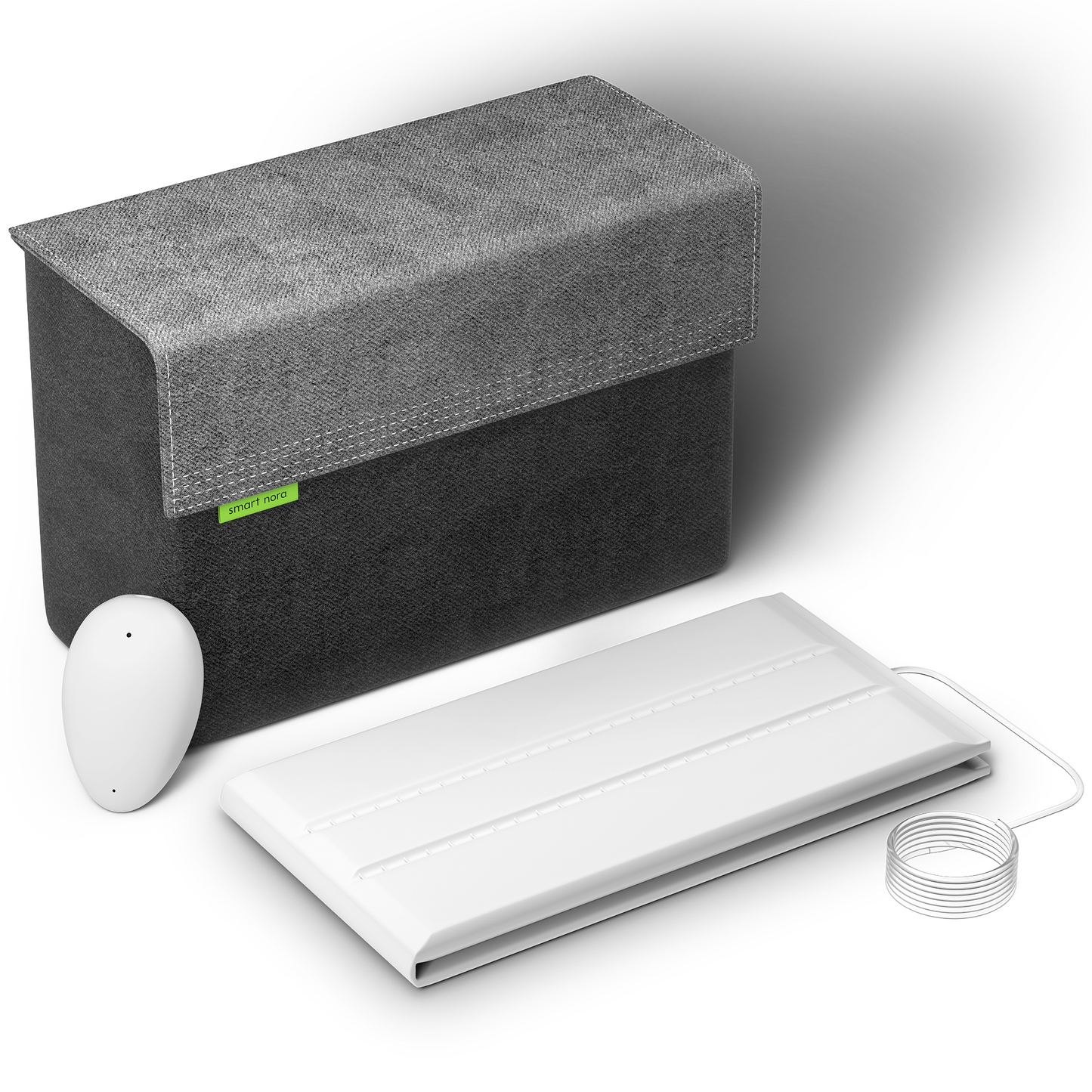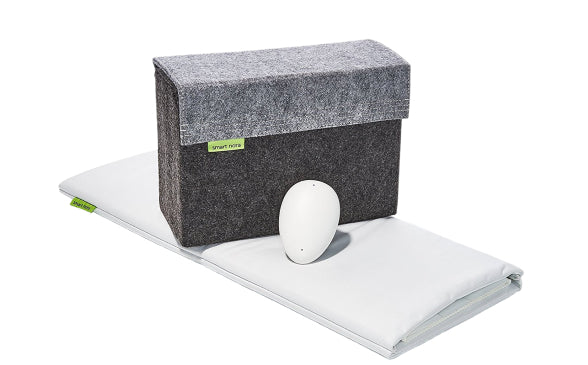Some people fall asleep in a matter of minutes. Lucky them, right? But for the rest of us, it’s not as easy to drift off to sleep. Are you tossing and turning for more than 30 minutes when you go to bed at night? You may be suffering from a sleep disorder, and it may be time to look into it.
Regular restful sleep is necessary to remain productive during the day. When your sleep is compromised, your mind and body react to the lack of sleep, and your productivity can suffer.
Sleep latency refers to the measure of time it takes for you to go from awake to completely asleep. This time can be anywhere from a few minutes to well over 30 minutes for some.
Do you lie awake and find it difficult to get to sleep? Do you fall asleep suddenly during the day? You may have a sleep disorder if you are excessively sleepy during the day, or if you find yourself falling asleep at inappropriate times or places. Your doctor will prescribe a Multiple Sleep Latency Test (MSLT) to figure out what sleep disorder you may have.
Why Is Sleep so Important
The amount of sleep people need varies between individuals. Some need their regular eight-hour beauty sleep, and others do well with only six hours. Anything under six hours will probably have you experiencing unpleasant symptoms during the day, like sluggishness and lack of energy.
There are several reasons why you occasionally don’t get enough sleep. Going through stressful situations or experiencing some painful life events will probably temporarily rob you of precious sleep. Sleep usually gets back to normal once things settle in your life.
However, having ongoing and regular sleep problems is something that you need to take seriously. Many common sleep disorders can be a cause for concern and can negatively affect your health.
Restful sleep is needed for:
- Good metabolism
- Strong immune system
- Mood stability
Lack of sleep can produce complications like:
- Depression
- Diabetes
- Weight gain
- Heart problems
- High blood pressure
Some sleep disorders, like narcolepsy, can have you feeling extremely sleepy during the day, even when you are getting good nights of sleep. These sleep disorders are sometimes a little more tricky to diagnose and will need specialized testing beyond simple sleep studies. That’s where a MSLT comes in.
What is A Multiple Sleep Latency Test
Sleep latency refers to the amount of time it takes you to fall asleep. This time varies between people, but it should not take you more than 30 minutes to fall asleep at night. Also, you shouldn’t be falling asleep during the day when you should be awake. You possibly have a sleep condition if one of these symptoms has been ongoing for more than a few months.
Signs of possible sleep disorders.
- It takes you more than 30 minutes to fall asleep.
- You fall asleep during the day when you should be awake.
Your doctor will prescribe a MSLT, also called a nap study, to get to the bottom of your sleep issues. The test was created in 1977 by William C. Dement and Mary Carskadon, who were both considered sleep pioneers in those days. It has since developed into an efficient form of testing sleep latency and REM latency to determine existing sleep disorders.
Your doctor may suspect that you are suffering from idiopathic hypersomnia or narcolepsy if they prescribe the MSLT. This test usually comes in combination with a sleep study. The sleep study will be conducted before the MSLT, and a sleep specialist will analyze the combined results.
The MSLT is typically conducted during the day through a series of monitored naps. The five scheduled naps will take place two hours apart, and your sleep cycles will be tracked and analyzed.
You will be asked not to consume any stimulants on the day of the test. Avoid drinking coffee, tea, and cola. Electrodes will be attached to your head, your eyes, and your chin to monitor brain waves, eye movements, and muscle movements.
The test will analyze your wake periods, your sleep time, and REM stages of sleep. You will have scheduled wakings, usually 15-20 minutes into the nap. The test will calculate how much time it takes you to get back to sleep, and if you reach REM or not. The nap will be canceled if you can’t fall back to sleep within 20 minutes. You will remain awake for the next two hours until the next scheduled nap.
With each nap that you successfully achieve, your sleep latency, and the amount of time it takes you to reach the REM stage will be measured. REM sleep, also known as rapid eye movement, is the stage of the sleep cycle where your eyes have uncontrollable movements and your muscles are in an inactive state. Your REM latency is essential information to diagnose potential sleep disorders.
Test Conclusions:
- Idiopathic hypersomnia: If you fell asleep quickly, but did not reach REM during the test.
- Narcolepsy: If you fell asleep quickly and reached REM at least twice during the testing.
What is Idiopathic Hypersomnia
Idiopathic hypersomnia is a neurological sleep disorder, and the symptoms include excessive daytime sleepiness, even after a full night’s sleep. Someone afflicted with idiopathic hypersomnia may be difficult to wake from a sleeping state.
The condition is chronic, and there is no known cure for it. Doctors will sometimes prescribe the same medications or stimulants that are used for narcolepsy patients, but this treatment isn’t efficient for everyone.
Prescription medications like antidepressants have also been used to help with the condition, and cognitive-behavioral therapy has been successful with some people suffering from idiopathic hypersomnia.
What is Narcolepsy
Narcolepsy is a condition characterized by excessive sleepiness and falling asleep in inappropriate places and times.
According to the National Sleep Foundation, In narcolepsy, the normal boundary between awake and asleep is blurred, so characteristics of sleeping can occur while a person is awake. For example, cataplexy is the muscle paralysis of REM sleep occurring during waking hours. It causes a sudden loss of muscle tone that leads to a slack jaw, or weakness of the arms, legs, or trunk. People with narcolepsy can also experience dream-like hallucinations and paralysis as they are falling asleep or waking up, as well as disrupted nighttime sleep and vivid nightmares.
Narcolepsy with cataplexy is caused by the loss of a chemical in the brain called hypocretin. Hypocretin acts on the alerting systems in the brain, keeping us awake and regulating sleep-wake cycles. In narcolepsy, the cluster of cells that produce hypocretin—located in a region called the hypothalamus—is damaged or completely destroyed. Without hypocretin, the person has trouble staying awake and also experiences disruptions in the normal sleep-wake cycles.
There is no known cure for narcolepsy, but some medications and behavioral therapies can have positive impacts on people suffering from the condition.
How Can Sleep Latency Test Help You
It’s a good idea to speak with your doctor if you are experiencing extreme fatigue during the day and if you are falling asleep when you shouldn’t be. Sleep disorders like narcolepsy or idiopathic hypersomnia are not life-threatening but can be dangerous if episodes happen when you are driving or handling hazardous materials.
After speaking with your doctor, he will probably send you to a sleep specialist who will dig deeper into your sleep habits and patterns. You will likely be prescribed a sleep study that can be done in a sleep lab with technicians or in your own home.
You will then be sent for a MSLT if the sleep specialist suspects a sleep disorder like narcolepsy or idiopathic hypersomnia. These conditions often take more time to diagnose, but going through the tests and finding out what you are suffering from is the first step to getting appropriate care and treatment.
Pharmaceuticals and therapies are continually being tested to help with sleep conditions so that people can lead more productive lives. Knowing that you have a sleep disorder that involves excessive sleepiness will help you to make lifestyle changes to keep you safe.























































